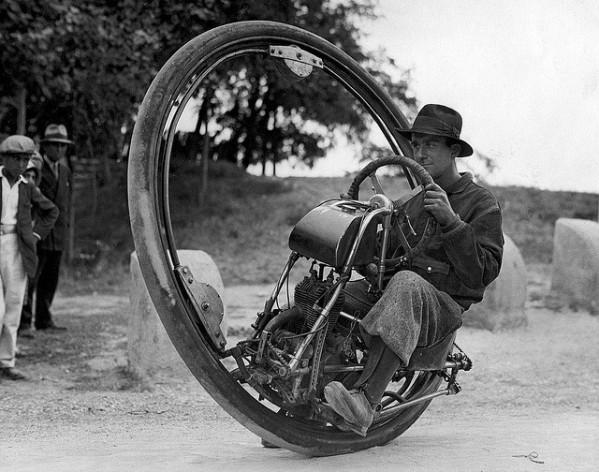The modern man believes that anything valuable has been invented recently, but this is not true. Random things that people use every day were invented hundreds of years ago, by major civilizations such as those of the Greeks and the Romans.
Here are few everyday things that owe their existence to ancient inventors:
8.Chocolate
What’s the world without one of the most hedonistic treats? The beans from the cocoa tree are used to make chocolate, and this delicacy was discovered by the Aztec, Toltec, and Mayan people more than 3,000 years ago.

These ancient civilizations served up a frothy drink made from the cocoa beans– it was an all-in-one pick-me-up that acted as an aphrodisiac, mood enhancer, and energy booster.
The cocoa tree was considered sacred by the Maya people, and the beans from the tree were so valuable that they were used as a medicine.
Spanish conquistadors brought chocolate to Europe. They had gone to the New World looking for gold and silver but came back with a treasure of a different kind, a sweet treat that has spread all over the world.
7.Eye Shadow and Liner
Modern women could hardly imagine their everyday beauty routine without the use of eye shadow or eye liner. Well, the ancient Egyptians were the same! Around 4,000 BC, fashionable Egyptians, male and female, were well aware that a little eye enhancement could do wonders to their looks, in addition to having healing powers and providing protection from the evil eye.

They did not have a wide range of modern powders, but they took galena, which is a metal with a gray, black, or blue hue, and ground it down to a powder. Then, they took soot and mixed it with the ground galena to make a very effective eyeliner.
Eyeshadow was produced by collecting another mineral, malachite, which is green, and grinding it down to a powder which was mixed with the galena.
6.Concrete
Where would the modern world be without the use of concrete that built our modern world? You may find it surprising that concrete was pretty successfully used by the Romans, about 2,100 years ago. The Romans discovered that mixing limestone with volcanic ash formed an efficient mortar that, when packed with rocks and volcanic rubble, made a highly-efficient building material. They built roads, bridges, buildings, and harbor structures with this material that they called opus caementicium.
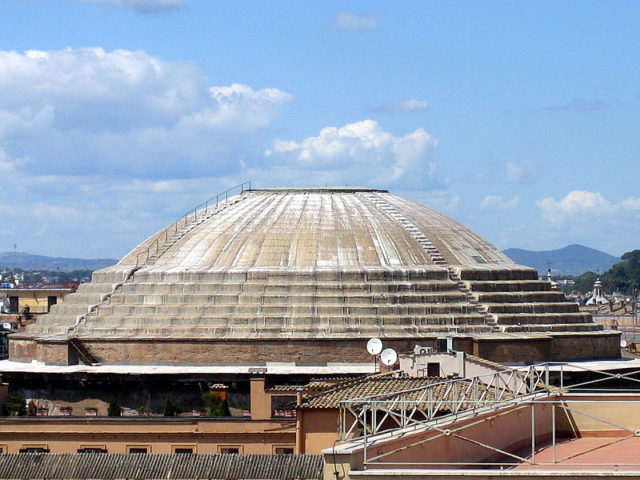
Modern research has found that the secret to Roman concrete was that the volcanic ash and rubble binds with the limestone in a way to prevent cracks from spreading. This made the concrete extremely durable and allowed the construction of huge buildings, such as the Colosseum and Pantheon, without the use of reinforcing steel, a feat that no engineer would consider today!
Surprisingly, Roman concrete can be set underwater. Elements of the ancient port of Caesarea Harbor have been found around the breakwaters, lighthouse, and warehouses, which were all constructed of concrete in 15 BC.
Engineers and scientists are taking the Roman recipe for mortar very seriously, trying to reduce the CO2 emissions which produce Portland cement, the binding agent in today’s concrete.
Continues below
5.Paper
The roots of this common commodity, which is used in tons every day, are in ancient China. The invention of paper has been attributed to a court official, Cai Lun, during the Eastern Han period (25-220 AD).
Paper making spread to the Islamic World around the 8th century and medieval Europe by the 11th century.

The word paper derives from the ancient Greek “papyrus,” referring to the papyrus plant. The ancient Egyptians used the pith of this plant to make a thick material on which they could write. The difference between papyrus and paper is that papyrus is the flattened and dried pith of the plant, whereas paper is produced by macerating fibers and then separating them from a water base to make sheets of paper.
Papyrus sheets produced in ancient Egypt were created using thin strips that were woven into the sheets and then weighted down and let to dry. They used sharpened pieces of the reed as a pen; ink came out from soot mixed with beeswax and vegetable gum. These ancient materials have proved to be amazingly resilient and many scrolls written in the time of the Pharaohs are still legible today.
4.Newspapers
With the advent of the internet, the daily newspapers have, for many people, lost their importance, but are still an important part of everyday life.
The newspapers are a recent “invention,” but the Romans certainly disseminated the news through printed words. The Romans produced The Acta Diurna ( “Daily Acts” in English) from around 131 BC. The news of the day, which included politics, social news, results of gladiator fights, military victories, births and deaths, and other stories of interest to the general Roman population, were engraved onto metal or stone tablets and posted in areas of high foot traffic such as the Forum.
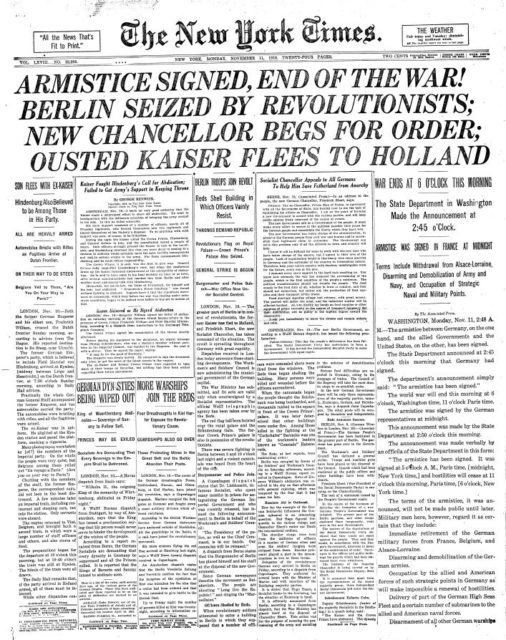
The newspapers today are reputed to have originated in Venice in 1566 when the government produced written news-sheets and pinned them up on the streets. These news-sheets became extremely popular and known as “gazettes” since the cost of reading them was a gazette (a small coin).
The first newspaper printed in England was The Gazette, printed in Oxford when King Charles II set his court there to avoid the Great Plague. In 1666, the Court returned to London, and the paper became known as The London Gazette, a newspaper that still circulates today.
The first American newspaper was published in 1704. Before that, The London Gazette was carried across the Atlantic to provide news to the English-speaking residents of the colonies.
Continues below
3.The Marathon Road Race
The sports world owes much to the ancient world, and once again we go back to the Greek civilization.
The accepted distance for a marathon is 26 miles and 385 yards; supposedly this comes from the legend of Pheidippides, who ran this distance from the battlefield at Marathon to Athens in August or September of 490 BC.
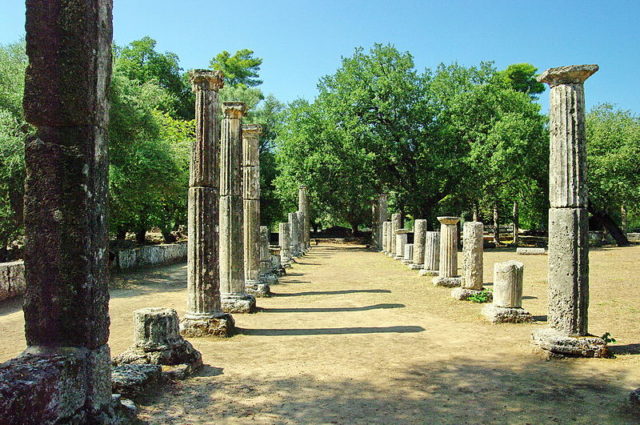
According to the legend, he ran the distance without stopping, then burst into the Assembly shouting “We have won,” after which he collapsed and died. Historians still debate the accuracy of this legend and believe that Pheidippides ran from Athens to Sparta, a distance of 150 miles, to ask for help.
The ancient Olympic Games were initially held over one day and then extended to three and later, five days. They included sports such as running races, jumping, discus, wrestling, boxing, and horse and chariot racing. Baron Pierre de Coubertin resurrected the modern Olympics– 1,500 years after being banned by the Roman Emperor Theodosius I.
The modern games were held in Athens in 1896, and the marathon distance was based on the legend and set to 26.2 miles. The winner of the first marathon was a Greek man by the name of Spyridon Louis.
2.Democracy
The concept of democracy, held in high regard by most countries in the world, is an ancient idea formulated by the Greeks. The word “democracy” comes from the Greek word “demokratia”, which means the rule of the commoners.
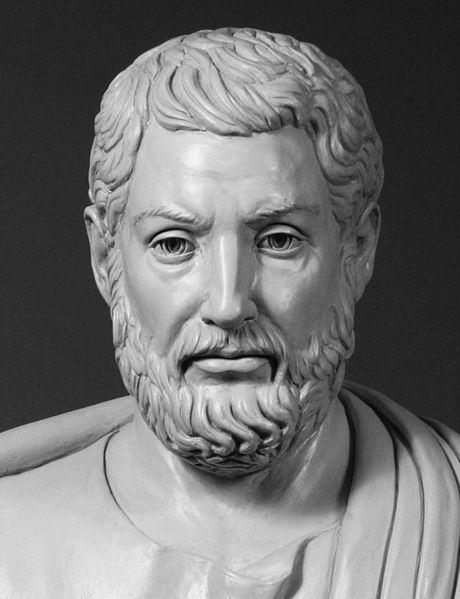
The idea of democracy was introduced in Athens by Cleisthenes in 507 BC, based on the reforms created by Solon. One of the democratic pillars in ancient Athens were the courts, or “dikasteria”, where there were juries but no judges. Juries were selected on a daily basis from a selection of annually voted people, and those who were chosen were mandated to appear. These courts had unlimited power to control the other arms of government.
The male citizens over the age of 18 could take part in the “Ekklesia”, or the Assembly, where issues were debated and votes were taken. The decisions made in the Assembly would be carried out by the Boule of 500, which had set up the business that was debated in the Assembly. The members of the Boule were annually elected, and no one could serve more than twice.
1.Zero or Nil
Zero, or the concept of Nothing being Something, has been debated by philosophers for centuries. The numerals that people use on a daily basis allow calculating any assortment of things, from a simple invoice for goods to space travel and brain surgery.
Numbers are so ubiquitous in our world that people tend to use them without thinking about their origin. Zero, or naught, is an important concept as it represents nothing and it is a vital placeholder in the numeric system, as well as a number for computational use. It permits numbers to cycle, and they gain different meaning in different places – for example, 5,000 is vastly different than 50.
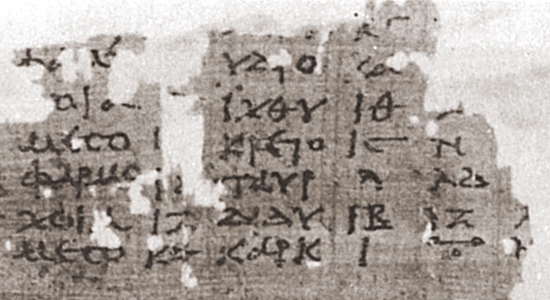
The Babylonians took the number system used by the Sumerians and adapted it for their own use around 300 BC – they used zero, but only as space, void or placeholder. The Mayan system of numbers had a zero that was used in their elaborate calendar systems, but again it was a void or space or placeholder rather than an actual number that could be used in calculations. In 7th-century India, appears the first indication of zero as a number rather than a simple placeholder. A Hindu mathematician, Brahmagupta, introduced the concept of zero as a number, valid for use in mathematical computation, History reported.
Western number systems stem from the 13th century, when the Italian mathematician, Leonardo of Pisa, known as Fibonacci, brought the West numerals learned from Arab traders, who had brought them from India to the Europeans.
